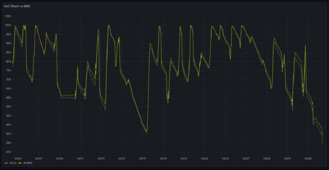Sleeper85
Sunday handyman
- Joined
- Nov 28, 2022
- Messages
- 443
So the MQTT solution by @Der_Hannes was just a temporary fix for his use case ? It's not the way forward ?
RS485 or CAN for multiple (inter) BMS communication could be nice, but I don't have much experience using those protocols.
I guess it's just a matter of setting up several registers on the master controller (the one talking with the Inverter) say up to 32 registers sets (for up to 32 batteries) where each register contains ALL the data that is being sent out by the slaves (so each register set is actually maybe 99 registers to store all cell voltages, current, power, energy, etc).
Multi-BMS via MQTT is a code developed by @Der_Hannes . It works but using WiFi and MQTT to receive and process information is a solution with a high risk of failure and problems. This is @Der_Hannes 's solution but the one we will use in the future. He is working with us for future multi-bms code.







